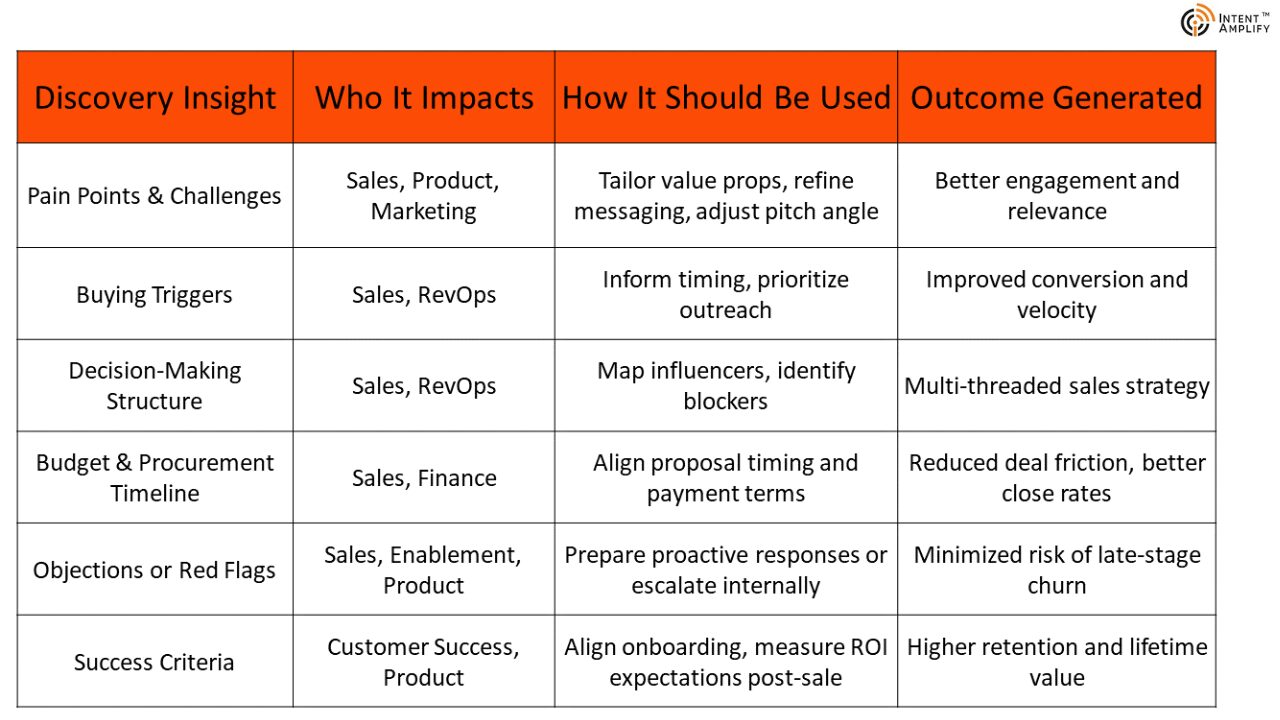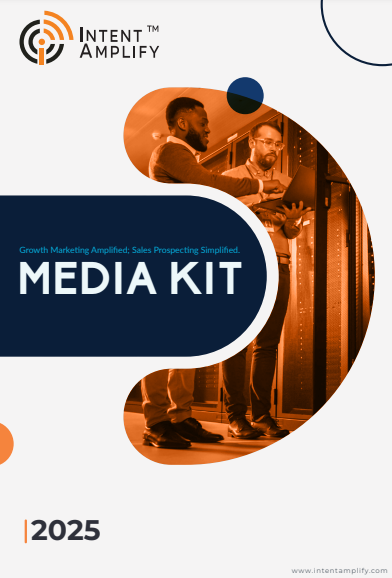
The Top 10 B2B Reporting Tools in 2025
- Last updated on: July 29, 2025
B2B reporting tools are now critical to today’s business strategy.
In 2025, they’re not dashboards and charts anymore. They’re decision engines. These are tools that bring together marketing, sales revenue, and operations. And they show us what’s working and what isn’t right now.
The need for visibility throughout the funnel has exploded. B2B marketers can’t work with embedded spreadsheets or fragmented data. They require more than surface metrics. More than tools that scratch the surface.
Tools that dive into buying behavior, campaign ROI, and pipeline velocity. The correct reporting platform can be the decider between stagnant growth and scalable success.
More important than ever.“ These shifts to intent-based strategies, cookieless targeting, and AI-driven personalization upended our approach to measuring performance. B2B buyers demand frictionless experiences. Leadership demands accountability.
That burden falls squarely on reporting.
Let’s look at various aspects of these tools and the top 10 tools.
How B2B Reporting Tools Differ from Other Reporting Tools
Not all reporting tools are suited to the sophistication of B2B.
While most analytics solutions are geared towards overall marketing metrics, B2B reporting solutions are centered on coordinating revenue teams, tracking multi-touch journeys, and providing data that impacts sales.
The B2B environment has long buying cycles, several decision-makers, and more account-level engagement. This requires platforms that stretch beyond traffic reports and basic conversion charts.
Longer Sales Cycles Tracked End-to-End
B2B tools track leads for months, recording every significant interaction within a multi-step sales pipeline from initial pre-meeting touches to closed-won opportunities. They enable multi-month journeys across teams, campaigns, and outreach campaigns.
Account-Level Reporting Rather than Individual Metrics
These capabilities roll up activity at the company level, giving visibility into how various contacts within the same account interact over time. This aligns with ABM strategies and reveals hidden buying signals in key accounts.
CRM-Centric Architecture for Data Sync
Native integrations to Salesforce, HubSpot, and other CRMs are favored on B2B platforms for mapping lead stages, deal status, and opportunity-level performance. This breaks silos and provides clean data alignment across systems and teams.
Multi-Touch Attribution Over Last-Click Models
Instead of attributing to a single touchpoint, B2B reporting exposes how channels collaborate to drive pipeline and speed conversions.
This allows marketing and sales to attribute ROI more precisely and plan wiser campaigns.
Role-Based Custom Dashboards
Tools enable customized views for sales, marketing, RevOps, and leadership so each team can view only the metrics that inform their decisions.
This individualization drives adoption and enhances alignment between functions.
Security and Compliance Readiness
The majority of the B2B platforms are developed with industry compliance needs in consideration, including enterprise-grade data controls aligned with SOC 2, GDPR, or HIPAA. This is essential for teams handling sensitive or regulated customer information.
Lead-to-Revenue Reporting Frameworks
This is crucial for teams working with sensitive or regulated customer data. Lead-to-Revenue Reporting Frameworks
They monitor MQL to SQL to revenue progression, providing insights into conversion rates, sales velocity, and campaign performance.
Visibility into Buying Committees and Stakeholders
B2B tools map the way various personas within an account engage with content and aid marketers in identifying real influence paths.
This makes for more effective messaging and improved resource utilization.
Integration with Full B2M Tech Stacks
The tools integrate with automation platforms, ABM tools, content syndication engines, and more to ensure easier reporting of cross-channel performance.
This allows for cohesive data storytelling across all touchpoints.
Revenue Impact as a Focus, Rather Than Engagement
B2B platforms focus on metrics that are ROI-related, pipeline development, and deal movement as opposed to shallow KPIs such as impressions or clicks.
They enable leadership to correlate marketing activity with business results directly.
This use change isn’t hypothetical; it’s evident in the way top software is implemented and used. While some platforms are used for both B2B and wider marketing teams, their powers tend to live in how they’re set up.
The following table points out how best-of-breed tools transform differently in B2B versus general marketing use cases:
What is a Great B2B Reporting Tool?
Recent LinkedIn research polling more than 1,000 US, UK, French, and Indian B2B marketers discovered that 78% of B2B CMOs now prioritize demonstrating ROI as a key goal, and 87% report that measuring long-term campaign influence has become harder to do.
That gap between aspiration and measurement is not due to a lack of data, but due to uncertainty. Excellent B2B reporting solutions provide crystal-clear, rolled-up reports that align marketing, sales, and revenue operations on shared objectives. They replace dirty spreadsheets with neat dashboards and free teams to focus on strategy, not building. Where budgets are low and stakeholders demand visibility, reporting must change from backward to forward-looking.
Here’s what really sets an exceptional B2B reporting platform apart:
Real-Time Data Synchronization
Market-leading tools get live updates from CRMs, ad platforms, automation tools, and intent data feeds. That means trends are revealed in real-time and decisions are made with fresh, not yesterday’s, numbers.
Robust Multi‑Source Integration
Best-in-class platforms natively connect with Salesforce, HubSpot, Marketo, LinkedIn, Google Ads, Snowflake, etc.
Custom Dashboards by Role
Custom dashboards make marketing ops, demand gen, sales leaders, RevOps, and executives view metrics that are specific to their job. This makes things more relevant and promotes the adoption of tools.
Pipeline and Revenue Attribution
The optimal tools track performance from all stages of the revenue funnel—from lead generation to opportunity to closed‑won revenue. This allows for proper ROI measurement, rather than superficial engagement.
Support for Account-Based Reporting
As most B2B companies employ ABM tactics, reporting tools need to roll up activity at the account level, displaying influence across several contacts and buying committees, not simply discrete lead interactions.
Advanced Multi-Touch Attribution Models
High-end solutions enable linear, U-shaped, time-decay, or custom attribution models. Teams have greater freedom to drill into the contribution of each channel and campaign to pipeline influence.
Enterprise-Grade Security and Compliance
These platforms have encryption, audit logs, role-based access, and certifications like SOC 2, GDPR, and HIPAA.
That keeps information safe and in compliance across sectors.
Scalability with Increasing Data Volume
From SMB to enterprise-wide deployments, top tools scale without compromising performance. As your team size, data sources, and report complexity grow, performance is still consistent and accurate.
Ease of Use and Adoption
Simplified interfaces, drag-and-drop editors, prebuilt templates, and onboarding guidance reduce friction.
The more accessible a platform is, the more it will be an asset and not a reporting overhead.
A good B2B reporting tool does more than log activity—it reports a related story. It aligns data between teams, reveals strategic insights, and informs action. Also, it enables marketing ops to maximize pipelines. It enables leadership to better forecast. It converts raw numbers into clarity that drives growth.
The Top 10 B2B Reporting Tools of 2025
Having discussed what constitutes an excellent B2B reporting platform, now let’s examine the leaders in the field. Each of the following solutions has found its spot based on real-world usability, depth of integration, scalability, and its capacity to make complex data insightful.
Some specialize in enterprise pipeline tracking. Others provide unparalleled ease of use for lean marketing teams.
What they all have in common is an unwavering emphasis on B2B performance, not page views or clicks, but pipeline, ROI, and revenue.
The following are the top 10 B2B reporting tools to look at in 2025:
Tableau
Tableau is the go-to for B2B teams requiring sophisticated, highly customizable dashboards. Its extensive CRM integrations and dynamic visualizations enable marketing and sales to align on pipeline health and account insights.
Tableau accommodates advanced reporting logic, making it best for long buying cycles and multi-touch attribution. With Salesforce endorsement, it’s becoming more widely used in the enterprise environment.
Power BI
Microsoft Power BI integrates well with Dynamics 365 and Azure, meaning it’s a good option for B2B companies with Microsoft stacks. Real-time dashboards, Lead Funnel modeling, and custom metrics are also available.
It has real-time dashboard capabilities, lead funnel modeling, and bespoke metrics. It’s an affordable and scalable tool to suit mid-sized teams that want to integrate CRM, marketing, and finance into one location.
Domo
Domo is used for bringing dozens of sources together into neat, graphical dashboards. For B2B marketers, it’s worth it to demonstrate campaign results throughout the funnel.
It has ABM reporting, pipeline visibility, and real-time notifications.
Governance tools built in and mobile support make it compelling for distributed teams and high-speed operations.
Looker
Looker, Google Cloud’s integrated solution, is for businesses seeking embedded analytics and strong modeling.
This Google based tool supports B2B teams in building scalable reports on product adoption, sales pipeline, and campaign attribution.
Teams can develop reusable metrics and governance-friendly data views with LookML, perfect for software companies and SaaS providers.
Zoho Analytics
Zoho Analytics is an affordable platform with robust B2B capabilities, such as lead-to-revenue tracking, ROI marketing dashboards, and CRM integration.
It includes role-based dashboards and has out-of-the-box templates for sales and marketing KPIs. It excels at helping small and mid-market B2B companies that require flexibility without enterprise pricing.
It’s particularly adept at serving small to mid-market B2B firms in need of flexibility without enterprise pricing.
Sisense
Sisense is unique in that it has embedded analytics and developer-focused capabilities. B2B businesses utilize it to merge structured and unstructured data to support detailed reporting.
It offers account-based metrics, product usage patterns, and lead journey mapping.
With a lot of customization possibilities, it’s an ideal option for data-oriented teams in the tech and SaaS sectors.
Klipfolio
Klipfolio is a cloud-based business intelligence tool for B2B teams to build real-time dashboards from marketing, sales, and CRM data.
It supports connection with more than 100 sources and performance tracking of MQLs, pipeline stages, and campaign return on investment.
Its features like, ease of use and speed make it the perfect fit for startups and agencies.
Databox
Databox offers plug-and-play dashboards for the B2B marketer who requires instant access to metrics from HubSpot, Google Ads, LinkedIn, and Salesforce.
Its mobile-first interface and automated notifications simplify performance tracking.
It’s best for small teams who need executive-ready visualizations with minimal setup or BI expertise.
Grow
Grow is a no-code BI solution aimed at small and mid-sized B2B businesses.
It provides self-service, intuitive dashboards for monitoring funnel health, conversion rates, and lead quality. It has native integrations and custom metrics and enables lean teams to consolidate marketing, sales, and finance data in one platform.
Qlik Sense
Qlik Sense applies associative data modeling to reveal insights throughout intricate B2B funnels.
It’s well-suited to detect channel influence, deal velocity, and sales engagement behaviors.
The platform is well-suited to link siloed data sources to enable a complete view of the customer, particularly in large-scale B2B environments that require more analytics.
Conclusion
The above-mentioned B2B reporting tools are not ranked in order of preference. All of them carry their own strengths, integrations, and use cases based on team size, tech stack, and reporting maturity.
From high-end enterprise platforms to lightweight, no-code dashboards, the following ten tools are the crème de la crème of the market in 2025.
But one platform does not fit all. The ideal tool aligns with your business objectives, sources of data, and decision-making.
Spend some time comparing on the basis of your workflows, reporting requirements, and whether a platform can scale along with your growth. Intelligent reporting isn’t merely about making metrics look nice; it’s about converting data into strategic insight.
FAQs
1. How do I select the right reporting tool for my business?
Begin by charting your tech stack, report goals, and data complexity. Next, compare tools on integration, customization, usability, and team size.
2. How do reporting tools enable ABM strategies?
They roll up data at the account level, revealing how various stakeholders interact by campaign. This visibility is essential for monitoring influence and intent.
3. Can these tools be integrated with Salesforce or HubSpot?
Yes. Most top B2B reporting tools have native connections with CRMs such as Salesforce, HubSpot, and Microsoft Dynamics to enable effortless data synchronization.
4. What is the best B2B reporting tool for small businesses?
Options such as Zoho Analytics, Databox, and Grow suit small B2B teams well. They provide affordability, simplicity, and quick integrations with popular CRMs.
5. How does a B2B reporting tool differ from a general analytics tool?
B2B applications center on account-based reporting, extended sales cycles, CRM integration, and multi-touch attribution—while broad analytics applications tend to measure basic metrics such as clicks or visits.




